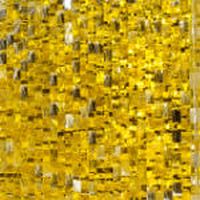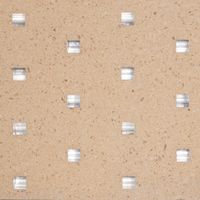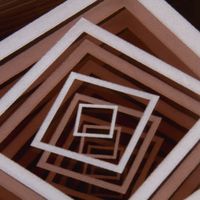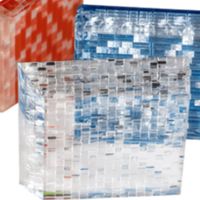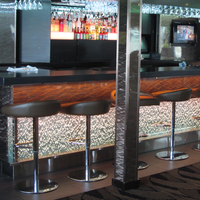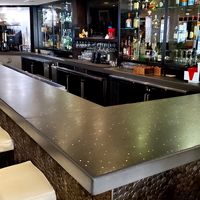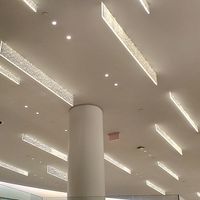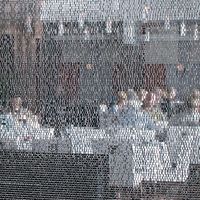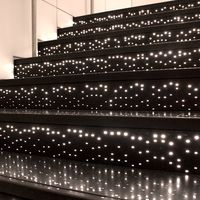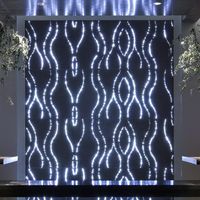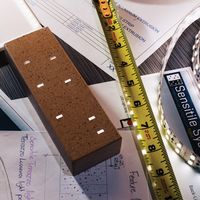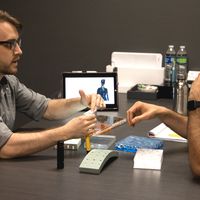The Creation of Experiential Building Environments Using Light-Manipulating Materials

.15 IDCEC CEU HSW, 1.5 Canada Potential Learning Credits, 1.5 AIA LU | HSW
Description
Individuals are deeply connected to their surroundings. When environments have the ability to inspire and encompass creativity, collaboration, and innovation, this connection can in turn foster health, well-being, and a sense of contentment. By utilizing light-manipulating materials in buildings, experiential spaces will not only promote occupant well-being but they will also help projects achieve LEED and WELL credits and environmental stewardship.
Learning Objectives
- Analyze the properties and role of light-manipulating materials in buildings, in terms of the human experience with light and its relationship to the built environment.
- Discuss how light-manipulating materials help architects create innovative, experiential environments.
- Examine how light-manipulating materials can help projects achieve LEED and WELL credits and promote occupant well-being and environmental stewardship.
- Describe best practices for selecting and installing light-manipulating materials for different applications.
- Explore case studies of how light-manipulating materials enrich the experience of a space.


